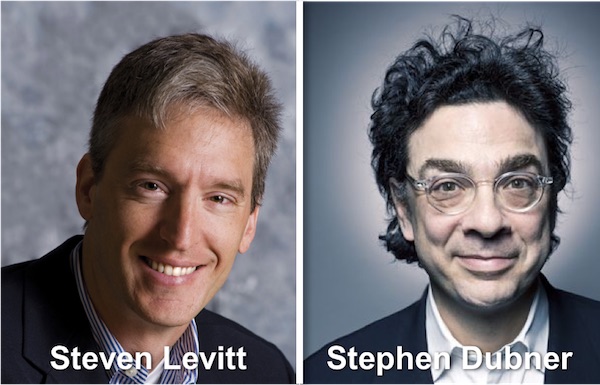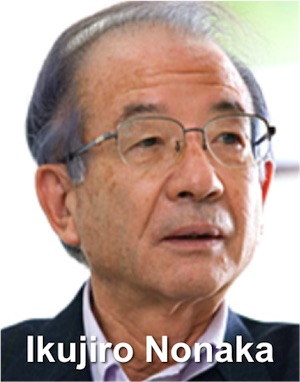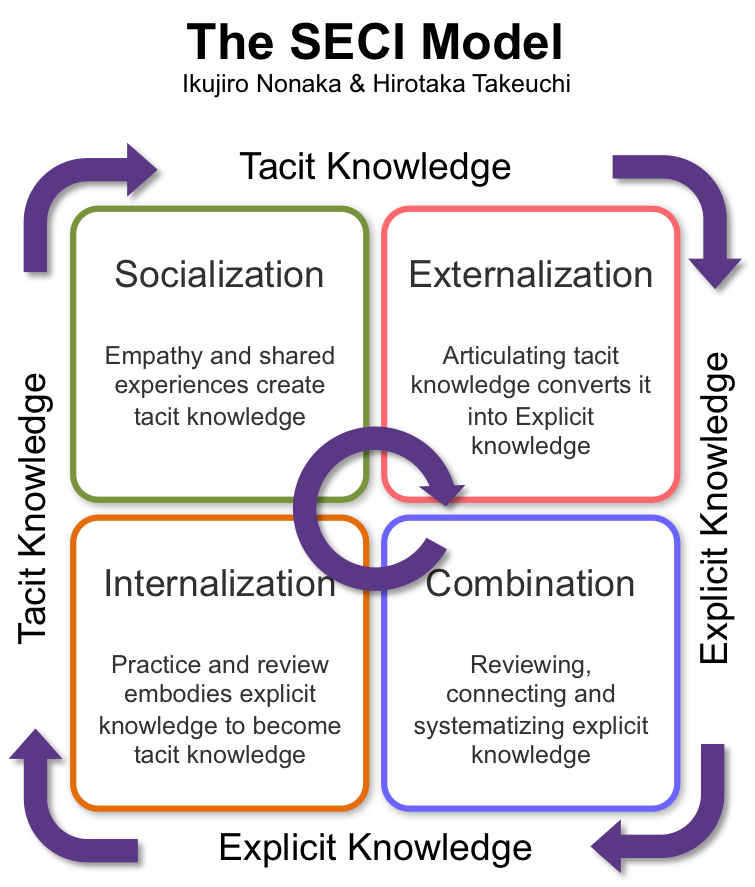Creativity is all about having brilliant new ideas.
Go on… Have one now.
Creative ideas don’t just come to us when we want them. The whole process is mysterious, and cannot be called up on demand. Or can it?
Yes, it can. Or so said William Gordon and George Prince. If you know how to, you can find creative solutions when you need them. And their research into the creative process led them to a methodology still used today: Synectics.

William Gordon
William (Bill) Gordon was born in 1919.He attended the University of Pennsylvania, but it is not clear whether he graduated. Between 1950 and 1960, Gordon led the Invention Design Group at consulting firm Arthur D Little & Co. He was, himself, a prolific inventor, with numerous patents to his name.
Synectics had its origins just after the Second World War. Gordon started studying how individuals and groups act creatively. This became more intensive and systematic, leading to him forming the Invention Design Group within Arthur D Little. There, he helped set up synectics groups within several client companies.
It was while leading this team, that Gordon met future Synectics co-founder, George Prince. With two further colleagues, they left Arthur D Little in 1960 to found Synectics Inc. There they pursued further research, developing and selling their model for how to run a creative process.
Also in that year, Gordon wrote ‘Synectics: The Development of Creative Capacity‘.
However, Gordon did not remain at Synectics Inc for long. He left to found Synectics Education Systems, to promote problem‑solving and education based on the use of metaphor.
Gordon died in 2003.
George Prince
George Prince was born in 1918 and grew up in New York State. He attended college at Phillips Exeter Academy and Williams College, graduating in Geology. The second World War saw him serving as a junior officer in the US Navy, in the North Atlantic.
Upon his return, Prince joined an advertising company in Rochester, where he rose to VP. He then learned of the work of Arthur D Little’s Invention Design Group, led by William Gordon. He joined the Arthur D Little company in the 1950s to be a part of that group.
In 1960, he, Gordon and two other colleagues left Arthur D Little to found Synectics Inc (now Synecticsworld). This company researched, developed and promoted their creative problem-solving methodology, Synectics.
Prince remained with the company for most of his, life, as Chairman. In 1970, he wrote ‘The Practice of Creativity‘, which remains in print. He died in 2009.
Synectics
Synectics is a rich methodology for solving problems creatively. However, the principles are easy to grasp:
- look for alien concepts and things that seem irrelevant, and join them together.
- Embrace emotions over intellect, and the irrational over the rational.
In applying these principles, Gordon and Prince assumed that the creative process can be described and then taught to others. They also believed that their process, Synectics, will apply widely to different domains of endeavour and can be used by groups and individuals.
They start with a cycling between the ‘operational world’ of routines and procedures, and the ‘innovation world’ of speculation and experimentation. New solutions become more available as we move out of the reality of the operational world, and increasingly embrace fantasy, metaphor, and absurdity.
The process they articulate is at its simplest:
- Articulate the task.
- Explore options, generating radical ideas that they called ‘Springboards’.
- Select the best idea. Synectics presumes a preference for newness over feasibility at this stage.
- Develop that idea, and how it might work in practice.
- Put forward your possible solution.
There is a fuller description of the Synectics Problem Solving Process in an earlier article.
Two ideas stick with me from my learning about Synectics many years ago
The first one is the use of ‘How to…’
I love the way Synectics reframes every problem as ‘how to…’ I like it because it presupposes a solution exists and therefor the problem becomes finding it.
And once a selected idea emerges, the emphasis becomes intensely practical. We work on ‘how to make it work’. We constantly articulate the challenges and problems of implementation as ‘how to…’ Each time we solve this, we can modify the trial solution until, with no further issues, we have a possible solution, worthy of putting to the test in the real world.
The second is ‘In and Out Thinking’
Often, when we are in a meeting particularly a long one that is trying to solve a problem, our minds wander. We have ideas and thoughts that come from ‘inside’, as well as from the meeting: ‘outside’.
We can make best use of these by dividing our notebook page in two – I like to draw a vertical line. On one side, make notes about what you hear or see in the meeting – the Outside thinking. On the other, note down ideas that come from your own thoughts – the Inside thinking. Often these will be connections or distinctions, but sometimes they are seemingly random thoughts. Seemingly, because they are almost certainly triggered by something, but to you, they seem irrelevant, because you are not aware of the link.
Often, these are your Eureka moments.










